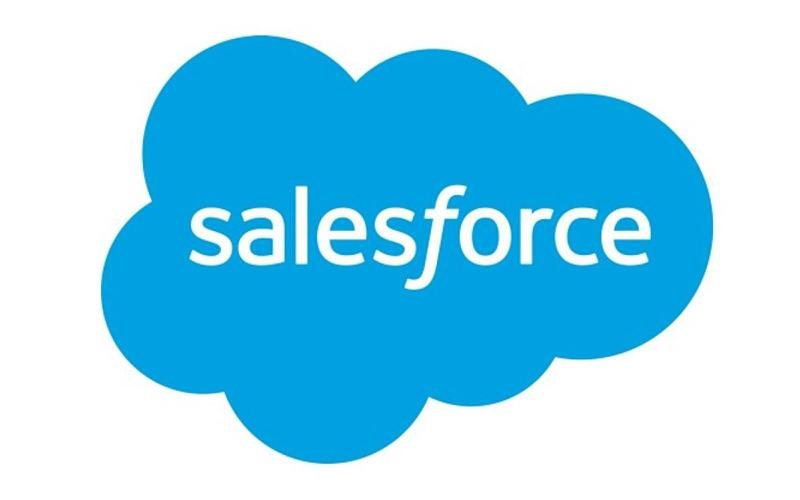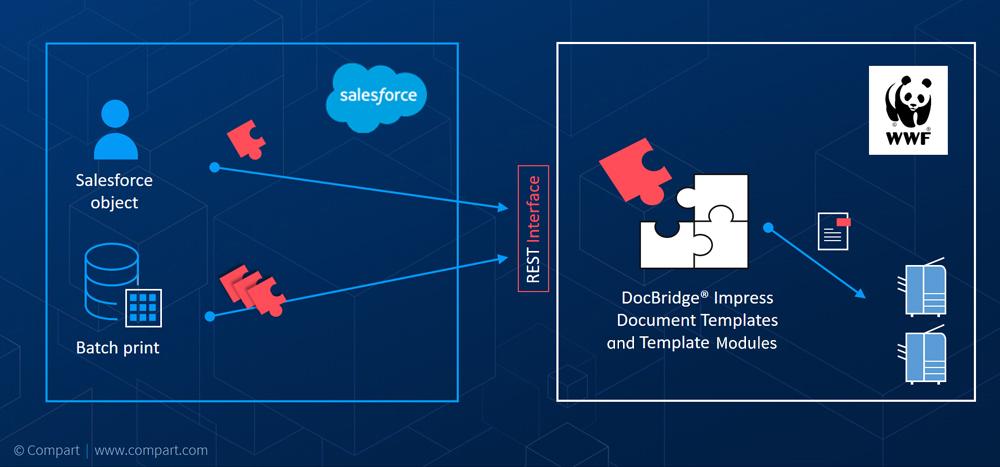Cloud Solutions for CCM and Documents
Companies are under pressure with the cost of IT and are outsourcing increasing numbers of classic business applications to the cloud. Forcing some companies to redesign their document generation processes.
The COVID-19 pandemic has significantly accelerated many areas of digitization. Most companies have looked upon new technologies as essential tools for overcoming the crisis. In a very short time, thousands of employees’ home offices joined networks, new digital channels for marketing, sales, and support were established, and systems and data moved to the cloud. We learned that most companies can act much more pragmatically and innovatively than anyone had previously dared to hope.
But despite all the positives, IT still faces many challenges. In spite of the crisis, or perhaps because of it, IT budgets are not rapidly increasing. Many CIOs are actually under considerable pressure to reduce IT costs. At the same time, many corporate processes and structures are lagging in terms of rapidly changing requirements. The biggest obstacles are silo structures and the core systems linked to them.
In June 2020, the market analyst Forrester surveyed about 170 IT decision-makers. Asked about their IT priorities for the next twelve months, they reported innovation, speed, and new capabilities as their highest priorities. Forrester sees a strong trend toward the cloud in the coming months. Companies, public authorities, and organizations will move more classic business applications to the cloud. Many standard solutions are already available in the cloud—such as ERP platforms, including SAP Cloud and Oracle Netsuite, to name just a few, and CRM, which includes Salesforce, Freshworks, Microsoft Dynamics, Hubspot and SugarCRM—and more companies are turning to them. The market has largely consolidated into a few players with profound knowledge who offer a broad spectrum of applications or processes and guarantee a high level of stability.
New technologies such as Docker, Kubernetes, and OpenShift have also reached a high level of market maturity and continue to develop rapidly. Microservice architectures, which can use these technologies, are increasingly finding their way into corporate IT. Therefore, the trend toward an increased shift of classic applications to the cloud will continue to intensify.









